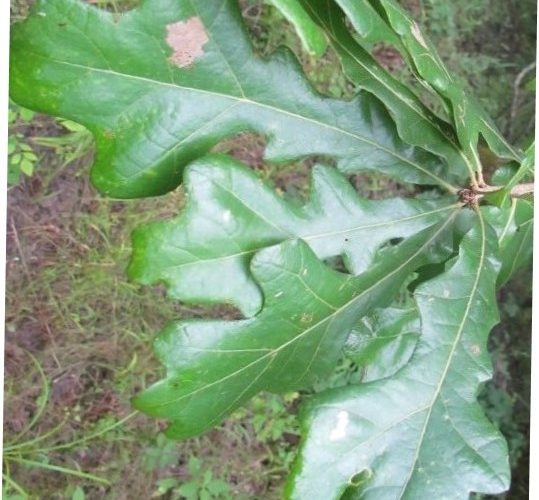Burgambel oak
(Quercus gambelli)

Description
Quercus gambelii, with the common name Gambel oak, is a deciduous small tree or large shrub that is widespread in the foothills and lower mountain elevations of western North America. It is also regionally called scrub oak, oak brush, and white oak. As the Gambel oak and Quercus gambelii, it was named after the American naturalist William Gambel (1823–1849). Quercus gambelii trees vary significantly in size from one location to another. The average mature height is from 3–9 metres (10–30 ft), but occasionally reaches heights of 18 metres (59 ft) in some locations. Dwarf stands of plants under 1 metre (3.3 ft) tall are common in marginal areas where heavy browsing occurs. Although the tree's wood is hard and dense, its branches are irregular and crooked, making them flexible enough to bend without breaking when covered with heavy snow. The bark is rough and brownish-gray. The leaves are generally 7–12 cm (3–4.5 in) long and 4–6 cm (1.5–2.5 in) broad, deeply lobed on each side of the central vein; the upper surface is glossy dark green, the undersurface is paler and velvety. They frequently turn orange and yellow during autumn, creating mountainsides of vivid colors. The flowers are inconspicuous unisexual catkins that occur in the spring. The acorns are 10–20 millimeters (0.39–0.79 in) long, and about one-third to one-half enclosed by a cap or cup (cupule); they mature in September, turning from green to golden brown. The plant reproduces from acorns, but also spreads most rapidly from root sprouts that grow from vast underground structures called lignotubers. These reproductive characteristics often result in dense groves or thickets of the trees that often cover entire mountainsides.
Taxonomic tree:







